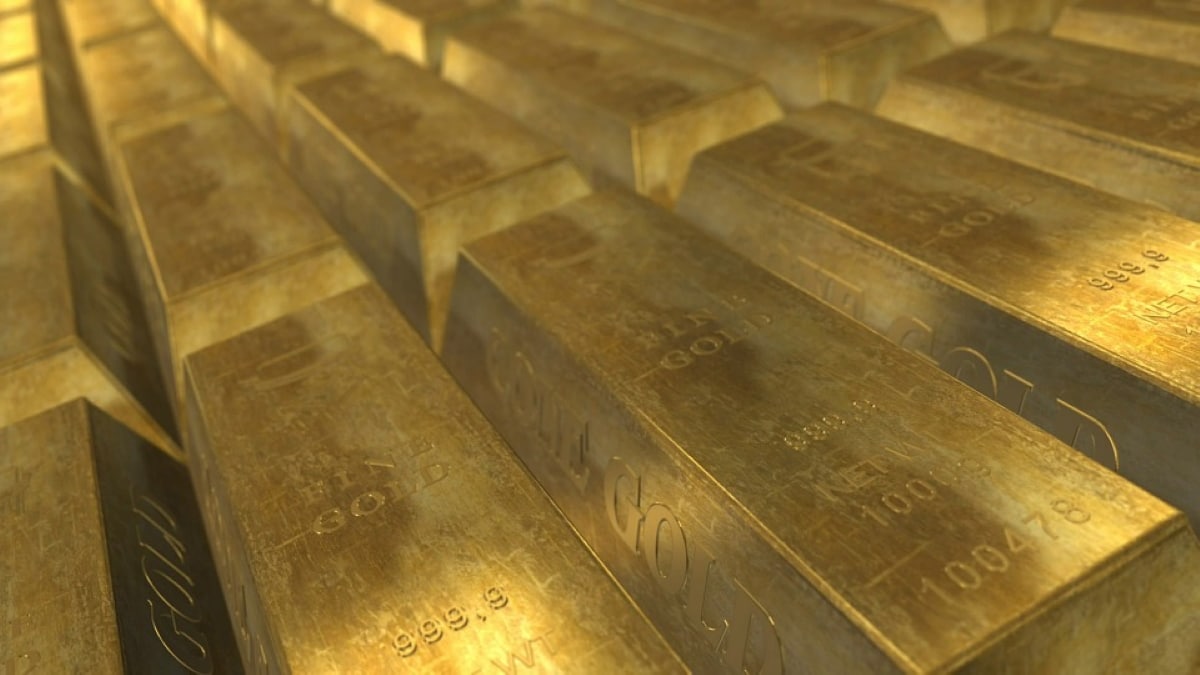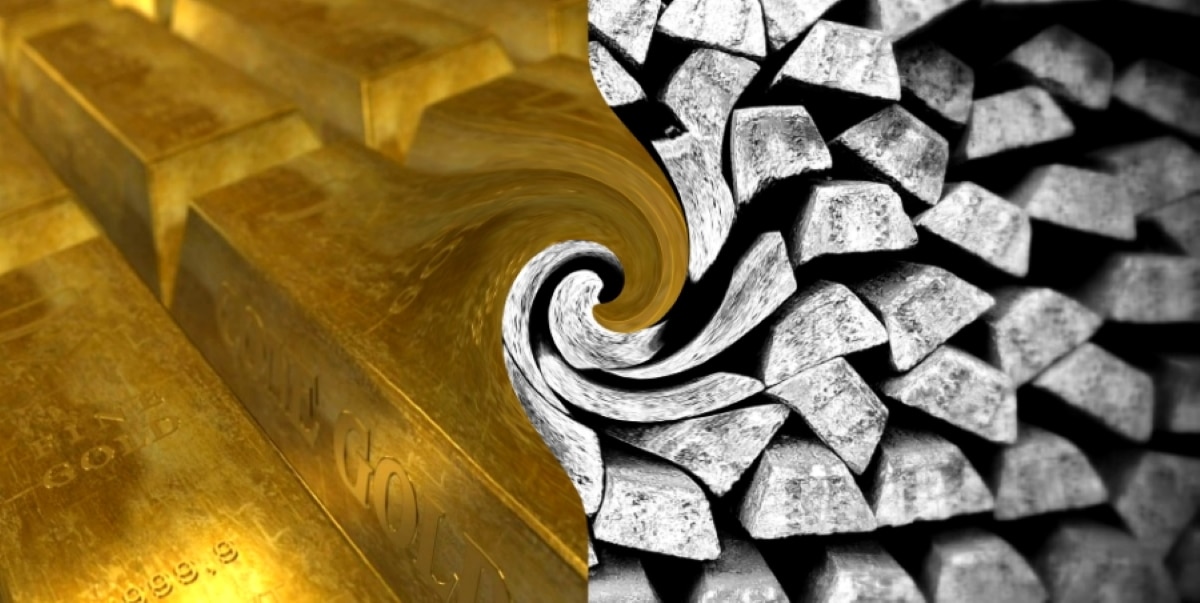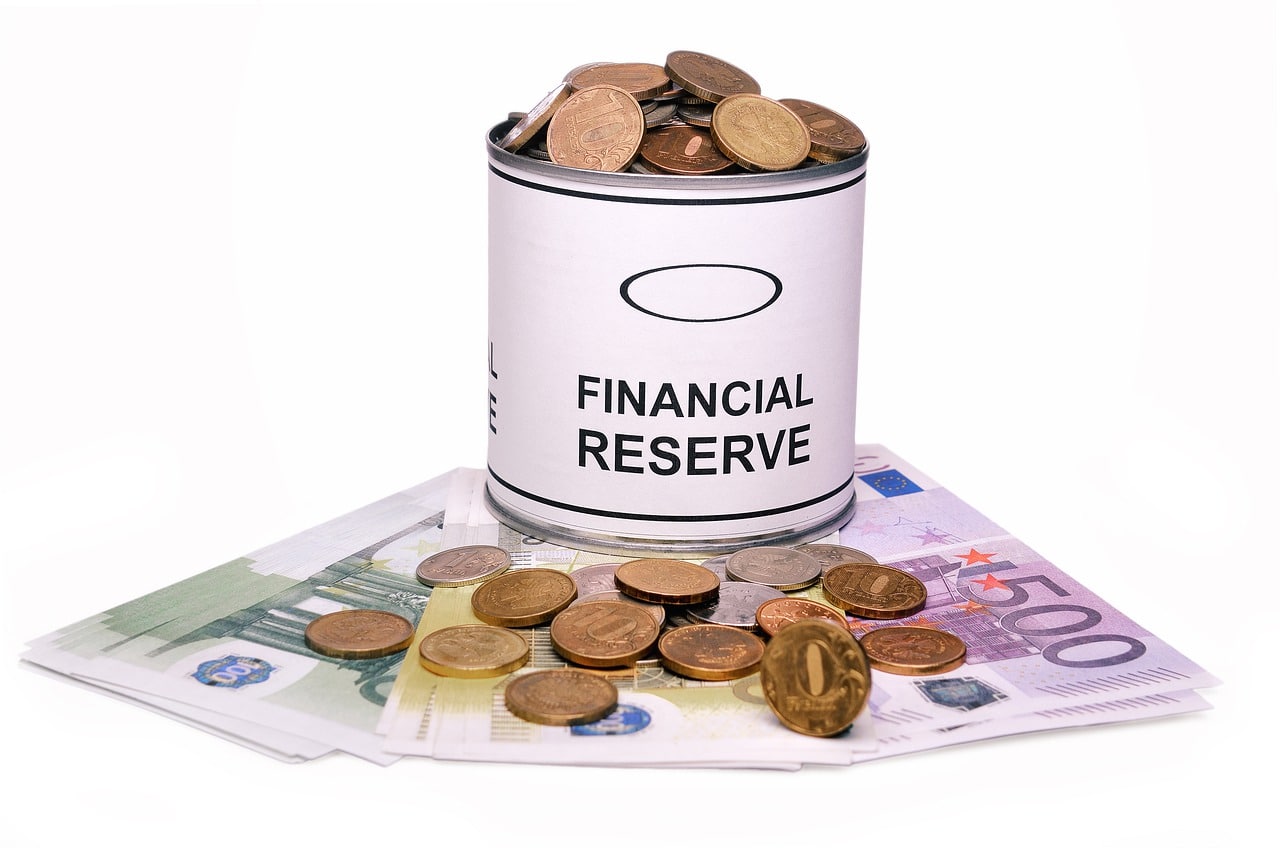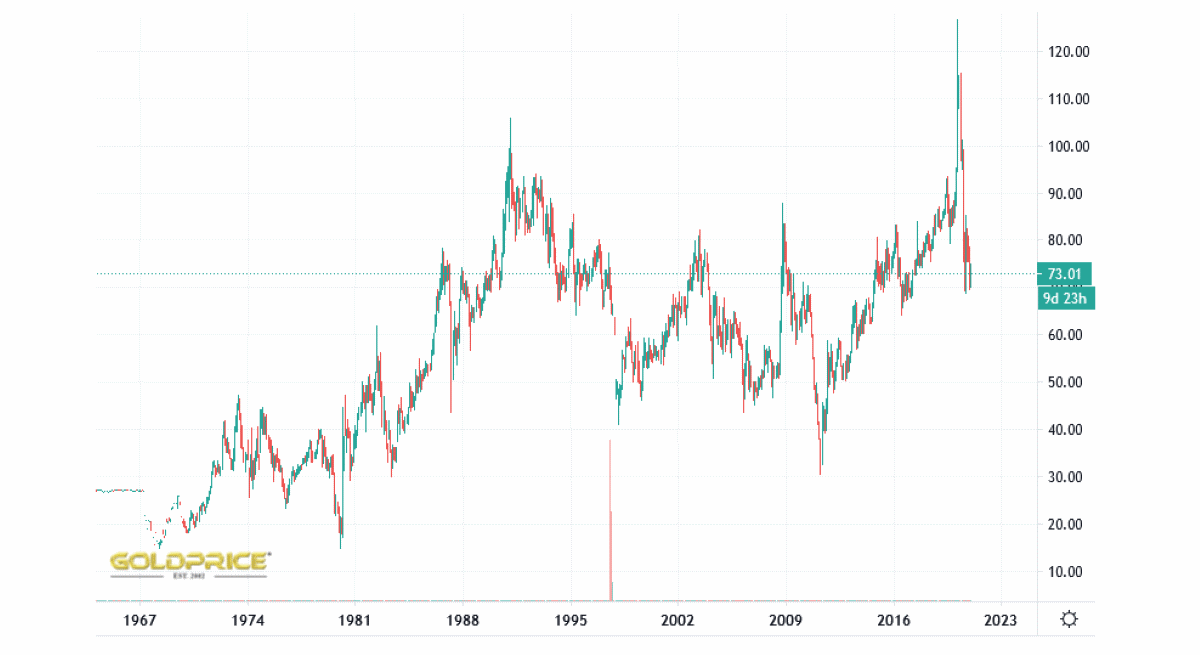
Before starting, clarify that there are many ratios. Not because they have been named, simply because a ratio can be drawn from everything. They all relate to one asset to another. An example, the famous Dow Gold Ratio. But today we are going to talk about the Gold Silver Ratio, a particular case that must be looked at with different eyes.
To do this, you will see what the ratio is and how it is obtained, since when could we say that it exists, how to identify the moments, and best of all, how to invest in it depending on how you are. Are you ready?
What is the gold silver ratio?

The Gold Silver Ratio arises from the relationship of the quotations between Gold and Silver. Both metals, like the rest of the market, fluctuate in their prices. And the interesting thing in this case is that both gold and silver tend to have somewhat similar trading ranges. When one of them goes up, the other is likely to. However it is not always so.
The ratio of gold and silver It helps us precisely to identify those moments in which the price is not as close as it should. This happens when one of them rises its price compared to the other. We can observe this behavior for both gold and silver, but let's think of an example with gold.
- Sometimes the gold goes up a lot, and the silver little.
- Others, gold stagnates, while silver may decline.
- Sometimes gold can go up very fast, and silver can go up slowly.
What has happened in these three cases? That gold stands out over silver. We could say that gold has appreciated in value compared to silver. Would it be attractive then, to invest in silver? To do this, let's see how interesting it is, learning to calculate the ratio.
How is the gold silver ratio calculated?
A division between the listed price of gold and silver at a given time is enough. In order not to digress too much, I am going to take the current price of an ounce of gold, which is $ 1.842'60, for the current price of silver, which is $ 25'32.
1.842'60 gold / 25'32 silver = 72'77. This resulting number is the ratio.

In other words, the gold-silver ratio is the same as saying -> How many ounces of silver can we buy with one ounce of gold? We have seen that today, we can buy 72 ounces of silver for one of gold.
If the ratio goes up, what is expensive and what is cheap?
And for this I say, you have to see it with different eyes. I noticed people getting confused by this. The ratio alone does not tell us the economic value. It is only a magnitude that guides us, to know how interesting one thing is compared to another. Use this rule for gold / silver:
- RAISE ratio: El gold Becomes more expensive (regarding silver).
- RAISE ratio: La plata Becomes more cheap (with respect to gold).
One goes the opposite of the other, whether it goes up or down.
- LOW Ratio: El gold Becomes more cheap (regarding silver).
- LOW Ratio: La plata Becomes more Tsar (with respect to gold).
(There is also the silver / gold ratio. However, it is not so widely used, I imagine that because the resulting value is always close to 0 (0'01xxx) and they are little perceptible movements numerically. Although obviously, there are graphs)
Historical of the gold silver ratio
From the seventeenth century to the end of the nineteenth century, the ratio of gold to silver was very stable. Staying around 14/1 and 16/1. It was not until the end of the 40th century that the ratio began to rise. It reached about 20 at the beginning of the XNUMXth century, to fall to XNUMX coinciding with the First World War.

That parity around 14 and 16 that had been maintained for years (centuries) had been lost, and it was not stable again. It's more, During the next 100 years the ratio has not only risen and fallen, but has also coincided with major catastrophes and many analysts take it as a great indicator.
- By the time the World War II, the Ratio was at 100.
- Later, to late 60s, hit its lows little more under 20 (no longer returned).
- Year 1991, Gulf War, the ratio reached 90 approx.
- It had a few drops since then, and high peaks, but another highlight moment, the Crisis that broke out in 2008 with the fall of the Lehman Brothers. Almost reached 90, to then descend about 30.
In recent years
In this graph you can clearly see the oscillations suffered in recent years.

We can see, as in 2008, it reached a maximum peak, to descend strongly. For the most part, due to the strong revaluation of silver, which reached 50 dollars an ounce. However, as a result of the sudden shocks in the stock market in 2020, a historical record was set. Investing in silver was even more profitable. It was very cheap compared to gold.
If we had sold 2 ounces of gold in exchange for 160 ounces of silver, we could have exchanged those 160 ounces of silver in 2011, for about 5 ounces of gold. Where is the business? That the one who had not sold the 2 ounces of gold in 2008, in 2011 would continue to have 2 instead of 5. Having lost the opportunity, to multiply by 2 his ounces of gold in 5 years. The interesting thing about this ratio is that the higher or lower it is, the greater opportunity purchases or sales can be found.
This graphic I have taken from Gold price, you can access directly. What I like about this website is that they provide more interesting ratios apart from this one.
Conclusions
It is everyone's decision to transform precious metals into money, or precious metals for other precious metals. For me, and I say this personally, I do not like to mix "things of a different nature." I consider it appropriate to take advantage of certain moments, depending on where it seems that the wind is going to turn. Always, assuming the personal risk, that we can be wrong.
But that is past, and we do not have a crystal ball to predict the future. However, given the current moment, what do you think? Time will bring the answer.